A few years ago when the Professional Golfers Association (the PGA) cited a report called the Florida Golf Executive Summary, the Sunshine State included 1,103 golf courses in its 67 counties, the most in the nation. There may be a few more now, officials say. California only has 921, that state reports, even though California’s population of more than 39 million exceeds the Florida count by about 17 million. Not only that, golf supported 132,000 jobs producing $3.6 billion in wages and nowadays providing not millions but billions in total charitable giving nationwide, according to PGA officials. But those stats don’t get to the heart of the game, which now draws young and old, male and female, and seemingly every color and continent to its somewhat complicated character: a game for perfectionists, pastoralists, fierce competitors, aficionados of active leisure, driven aspirants, loners, groups or clans, people who like chasing little white balls, some of the world’s finest athletes and especially do-gooders.
Jack Nicklaus
It wasn’t always like the game we see now on television.
Golf in the United States probably started in Florida when Scottish immigrants introduced it here, historians say. They’d been playing the game for a few centuries there by the time James Gillespie built a homestead in Sarasota in 1886, adding a couple holes connected by a long greenway.
And then only three or four decades later everything had changed, for a lot of places and golfing people in and out of Florida.
“Everything significant thing that has happened in my life has happened because I made a few 4-foot putts when it mattered most. It’s given me a career; it’s given me a blessed life; and it’s given me a platform for helping others, especially children and families in need,” says Jack Nicklaus, who has been a Palm Beach County resident, with his wife, Barbara, for more than half a century.
And it’s given countless others significant moments or lives as well, whether or not they made or missed a few 4-foot putts when the stakes were high.
Luanne Cherney with a statue of her friend and mentor, Arnold Palmer, at BayHill in Orlando.
“When I was 15 I was chosen as sign bearer at the 1981 inaugural senior open (in Michigan), and Arnold Palmer had not won a tournament in six years. He was just 50,” recalls Luanne Cherney, an LPGA Class A teaching professional at Winter Pines Golf Club in Winter Park, who grew up playing the game in Michigan summers.
Before digital displays, sign bearers accompanied players through the course with their scores updated from hole to hole on the signs. Crowds along the fairways and at each hole could see the score.
“In the first or second round he shot a 68, and he invited me into his scoring tent afterward,” she says.
Palmer told her she had brought him good luck. And the tournament stretched into a playoff round on a Monday, when her mother informed the school that she wasn’t feeling well and wouldn’t be there for class. He had requested her, the luck bringer, as his personal sign bearer.
Lt. Col. Dan Rooney (left) with Jack Nicklaus at the American Dunes Golf Club. COURTESY PHOTO
On Tuesday, however, Luanne’s picture appeared on the front page of the newspaper, where she looked positively robust, she recalls with a laugh. Busted!
But afterward, Palmer offered to help her if he could in the future. She won both a golf and academic scholarship to the University of Michigan, finished the four-year program with a degree and minors in English, history and fine arts, and eventually contacted the famous golfer.
“Fast forward several years, I’m moving to Orlando, and he invited to me (to his club) to play and practice while I tried to make the tour.” Watching her, he provided some advice. “‘It’s hard to be on the tour, I think you have an affinity for teaching,’ he told me.”
And that’s how she became a pro. “He looked out for me, he mentored me, it was special. Some people say those who can, do, and those who can’t teach, but you have to have both.”
It changed her life.
Woody Hanson, who grew up near the Fort Myers Country Club, visited and played golf on the fabled St. Andrews course in Scotland.
“Golf is magical,” she says. “It presents opportunities for women that were unheard of in the last 40 years. I’ve been part of the growth from professional semi-pro to what goes on in golf now. I’ve been in one of those wrinkle times where it was new enough and special enough that you could carry on — I was a young person having a friendship with Arnold Palmer, and I was in the first Title IX class at Michigan.”
Title IX is the federal civil rights law that prohibits sex-based discrimination in any educational program receiving federal money.
Golfers such as Mr. Nicklaus, both a fierce competitor and friend of the late Arnold Palmer, celebrate the inclusiveness of the sport.
“I love competition and for decades, golf was my vehicle to competition. But more important, the pleasure that golf has always given me and still does is that it’s a game played by everybody, no matter who you are or your age. Men, women, children, seniors — they all play the game and can play against each other.”
Gary Wiren, senior director of instruction at Trump Golf Properties, often wears golfing attire representing the alma maters of his students, or of a bygone era in golf. COURTESY PHOTOS
Charity
And it’s a lot more than mere competitive dalliance or a tour challenge.
If wine consumption doesn’t qualify as a sport, golf is the premier American activity sure to draw big-spending, big-performing groups or individuals whose contributions prove extraordinary.
Nonprofit outfits such as Home Base, based in Massachusetts and Southwest Florida to help veterans, can host competitions or tournaments at high-end Neapolitan clubs like Pelican’s Nest, the Kensington Golf and Country Club and Quail Creek to raise millions for a good cause. And individuals such as Mr. Nicklaus can put name recognition and sometimes his course design skills to work unselfconsciously, for children and others.
“One aspect I don’t think people know and should know is how charitable golfers are, including and especially the pros,” says Mr. Nicklaus, 82, who won 73 PGA Tour victories and is widely considered one of the greatest golfers of all time.
TAYLOR
“The game is an amazing vehicle to raise money for charity. I am not sure if you know this, but golf raises more money for charity every year than all the other major professional sports combined — almost $4 billion a year, and 95% of that money goes to causes outside the game of golf, such as health care, children’s care, military causes, education, and others.”
In his own case, “I also try to stay involved with golf at the highest level, whether it is through the Memorial Tournament presented by Workday, which I founded in 1976, or The Honda Classic, which benefits our Nicklaus Children’s Health Care Foundation.”
The Honda Classic is Feb. 20-26 at PGA National Resort in Palm Beach Gardens.
At the American Dunes Golf Club in Grand Rapids, Michigan, Mr. Nicklaus designed a signature course at no cost to benefit Folds of Honor, the nonprofit creation of Lt. Col. Dan Rooney, a retired F-16 fighter pilot who served three tours in Iraq. Folds of Honor, and all profits from American Dunes, go to help the families of fallen and disabled veterans. Lt. Col Rooney has the distinction of being the only fighter pilot ever to be a PGA golf professional, as well.
Origins
With Sarasota’s origin course, several of the state’s oldest golf courses were built on the southwest coast, including the Fort Myers Country Club, located not far from the one-time homes of Thomas Edison and Henry Ford and now prominent on the Florida Historic Golf Trail (www.floridahistoricgolftrail.com).
Golf courses take a lot of land and water — an 18-hole course of short par 3s might squeeze into 30 acres, a slightly larger par 3 and par 4 course could fit in less than 100 acres and a full-size, par 72 course would need somewhere in the vicinity of 120 to 200 acres.
Both land and water were available at the Fort Myers site, where one of the most famous names in golf course design, Donald Ross, created an 18-hole par 70 or 71 course playing from 4,300 to 6,000 yards, in 1916.
In the 1960s, “it was our Central Park, the only large tract of open space in the old Fort Myers area,” recalls Woody Hanson, born and raised in the neighborhood.
“It’s where we experienced the change of seasons — from lightning and storm events of summer to the long shadows and cold winds of winter. It was a magical place from where we could see the sky and pull skim boards across vast sheets of storm water in the fairway after a thunderstorm. All of nature’s glory was available to us at the golf course. None of which would have been possible had our golf course not been a municipal (public) course.”
What golf was in those days, and what courses were, isn’t what it or they may be now, perhaps. But in fundamental ways the game remains unaltered, no matter where and how you play, suggests Gary Wiren, senior director of instruction at Trump Golf Properties, a member of the PGA Hall of Fame and the World Golf Teacher’s Hall of Fame, an author and a lifetime friend of Warren Buffet who also hails from Omaha, Neb.
A deeply knowledgeable historian of the game with a world-class collection of golf artifacts, Mr. Wiren may now be a member of a golf club requiring a mid-six-figure membership fee. But he grew up playing “at the bottom of the barrel,” as he puts it.
Spring Lake Park was the only opportunity to play the game Omaha had in his boyhood.
“It was nine holes, 1,188 yards long, and there were no watered fairways, no hazards, no practice putting or driving greens. Just nine holes. At that time it cost $1.50 to play nine holes, but for juniors it was 35 cents.
“Here’s the point of that: It was still the same game. You tried to play from point A to point B, in fewer numbers than the person you played against, or than the last time you played.
“You fell in love with the game even though it was played in the basement, so to speak. I’m at Trump International now, and it costs a lot to join — it’s a little different that Spring Lake Park, with beautiful conditions, great design and all of that, but it’s still the same game.
“The greatest gift golf can give to people is friendship.”
Civic courses
On the public courses, especially once upon a time, it can happen with or without golf clubs.
“Like St. Andrews in Scotland, the public is and was welcome. At sunset, people would walk their dogs, jog or ride bikes,” says Mr. Hanson, who became a capable amateur golfer, playing not only here but in Scotland.
“Environmentally, for me, FMCC was a micro-watershed with a dirty canal running through it. After a heavy downpour we kids on bicycles would crank up the old flood gate and ride chunks of Styrofoam under McGregor Boulevard and down the canal to the Caloosahatchee River. Then get a ride back to do it again. The place was like a zoo. There was everything from alligators and water moccasins to pet tarpon and largemouth bass.”
They caught small tarpon in the river and put them in a pond behind the maintenance shed, then fed the fish as they grew big.
“The golf course was a frontier,” he says. “Tuesday was ladies day and if we had a soft shell turtle sometimes we’d cut its head off and put it in the cup on No. 10 and wait for the women to pull the pin and see if we scared them.”
The public nature of the course is a star-maker for Gene Taylor, too — Mr. Taylor is the golf club professional at the Sanibel Island Golf Club, a place he cherishes, which survived Hurricane Ian under several feet of salt water in part because the club had recently brought in a newer, more salt-tolerant turf.
Taylor started playing in his 20s, falling deeply in love with the game and the concentration it requires as well as its endless challenges, since not only is every golf course different, but every hole presents something new and different, he notes.
“A lot of people don’t care for the Fort Myers Country Club course. It’s owned by the city, which I think is fabulous, and accessible to people of all ages, so it’s not going to be pristine,” he explains. “But you’re playing the same course people have played for 106 years, so for me, it’s one of my favorite ones to play. I’m hitting these shots people have hit for a long time. And for me, the golf courses that work with the land they were given, and blend in to the natural landscape, are just wonderful.”
The other wonderful thing — better than the single hole-in-one he’s hit in his career so far, or some other personal achievements — are the friendships he’s made in 14 years at Sanibel.
That thought is echoed by nearly all lifelong players, professional or not, including Jack Nicklaus, whose favorite golf memory revolves around family — far and away the most important thing in his life, he says.
“My life’s most gratifying moments all focus on family, but if we are talking strictly about my golf career, I would have to say it would be the 1986 Masters.
“Here I was 46 years old; I hadn’t won a major championship in six years; and no one expected me to win, including myself. But I caught lightning in a bottle, and once I put myself in a position to win, I remembered how to win.
“In addition, there were some many elements outside of the competition that made that week at Augusta National so special. My son Jack was caddying for me, and it was the first time since my first Masters Tournament in 1959 that my mother and sister came to watch me play. There were just so many reasons why the 1986 Masters and my final major were so gratifying and memorable.”
Championship courses
One significant reason the great players can sometimes be so great, perhaps, are the extraordinarily skilled maintenance directors of the championship courses or any others at public or private clubs — people once simply called greenskeepers, like Jeff Plotts.
Mr. Plotts is director of golf course maintenance at TPC Sawgrass in Ponte Vedra, home to The Players championship, one of the most celebrated competitions on one of the most scrupulously maintained courses in the world.
A Georgian, Mr. Plotts grew up in the Atlanta area and attended the University of Georgia, where he earned a degree in horticultural science. Golf course maintenance wasn’t necessarily on his radar, he recalls, but he knew he wanted to work outside an office, and his grandfather had taught him to love growing and nurturing gardens.
In addition, he’s always loved sports, so when a job on a course came up in Arizona, he took it. That was more than 30 years ago.
And now, he explains, “the stretch for perfection is the biggest thing that’s changed in golf. So much of that has to do with technology in the equipment we have, the ability to maintain equipment at a high level, and the thirst for speed in having that type of technology.
“For the championship, we’re mowing fairways or greens at a quarter of an inch, and that’s down from 5/8ths of an inch I started more than 30 years ago. The technology, the equipment, the players — it’s just a desire to get to near perfect conditions.”
It may be hard, at some point, to continue to improve, even or especially, perhaps, on a course like TPC Sawgrass.
“At some point we have to be reminded that this is an outdoor environment. We’re only at the mercy of Mother Nature. But by the breeding of different turf grasses, new equipment, and the knowledge of people performing the work, we can achieve great things.”
To criticism that golf courses are environmentally damaging, he suggests that opinion is too hasty.
“We run GPS-guided sprayers on the golf course, so we’re very precise with our targeting of applications. We use computer generated irrigation systems from a pump standpoint, and careful scheduling, and that helps us with how much precipitation we put out.
“This is a greenspace, not a space where water is wasted. Water used for golf courses is reclaimed water through our water management companies that otherwise would have to be disposed of somehow.
“We’re using water on a golf course where turf grass becomes the best filter of water — there’s nothing better than turf grass as far as filtering and getting water back to the aquifers.
“Its not misused water.”
He does have some advice for viewers watching tournament play on seemingly flawless courses:
“Don’t have unfair expectations of your home course based on what you see on TV,” Mr. Plotts says.
“What we do on and for TV and for the best players in the world — the steps we take to produce challenging environments for a tour player — can’t be an everyday thing at your home club.
“We have tons of people to come in and help us. We prepare 360 days to get to that one week, the week we’re trying to target the golf course to be at its absolute best for the championship.”
It’s all about preparation — not only for Jeff Plotts but for Jack Nicklaus or any amateur player, too, trying to follow the old Gary Wiren prescription from Omaha: Hit the ball from point A to point B and score a lower number than your competition, or than you scored the last time you played.
Asked what he did to quiet his mind before the most important shots of his career, Jack Nicklaus put it this way:
“What I did was, I always made sure I was well prepared. If you are well prepared, and you know what you want to do, what you have to do and how to do it, you don’t have time to worry about quieting your mind. Your mind is too busy executing what you have to do.
“Those moments are what you prepare for and why I loved playing the game. You know the story: There is no excuse for not being properly prepared.” ¦
In the KNOW
PGA players list
The 55 PGA TOUR players who are residents of Florida. This list does not include some players who choose to list their hometowns as their homes (think Rory McIlroy in Holywood, Northern Ireland).
Alexander, Tyson
An, Byeong Hun
Armour, Ryan
Berger, Daniel
Blixt, Jonas
Bradley, Keegan
Buckley, Hayden
Cantlay, Patrick
Cauley, Bud
Cole, Eric
Conners, Corey
Covello, Vince
Donald, Luke
Duncan, Tyler
Echavarria, Nico
Every, Matt
Fowler, Rickie
Gay, Brian
Glover, Lucas
Goya, Tano
Griffin, Lanto
Herman, Jim
Holmes, J.B.
Horschel, Billy
Johnson, Richard
Knowles, Philip
Knox, Russell
Lebioda, Hank
Lindheim, Nicholas
Lingmerth, David
Long, Adam
McCarthy, Denny
McCumber, Tyler
Norrman, Vincent
Pendrith, Taylor
Pereira, Mito
Points, D.A.
Potter Jr., Ted
Redman, Doc
Rodgers, Patrick
Roy, Kevin
Ryder, Sam
Singh, Vijay
Svensson, Adam
Taylor, Ben
Thomas, Justin
Tway, Kevin
Villegas, Camilo
Werenski, Richy
Wilkinson, Tim
Wise, Aaron
Woodland, Gary
Woods, Tiger
Young, Cameron
Yuan, Carl










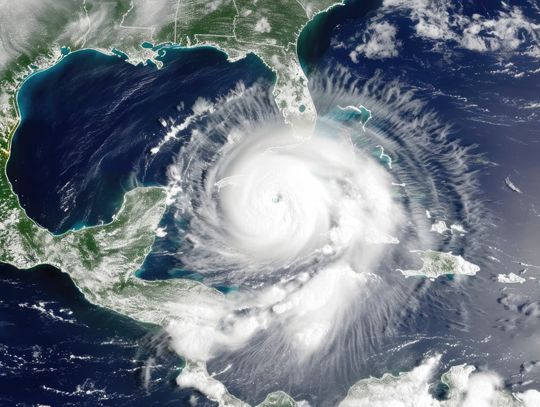
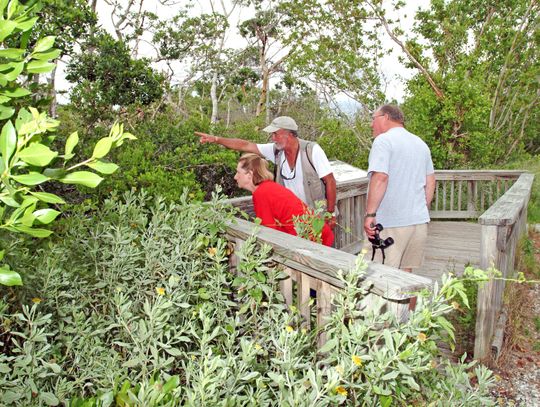
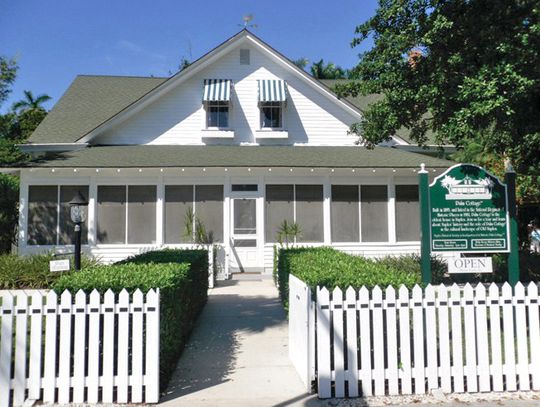
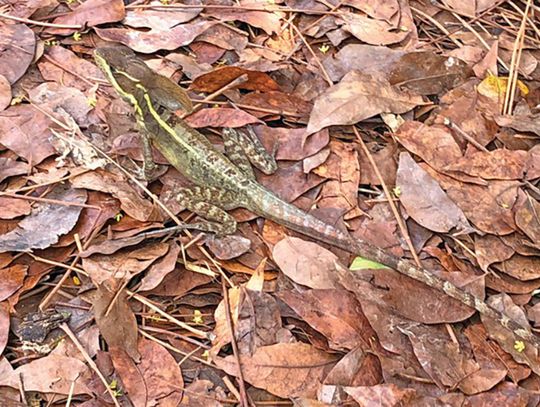







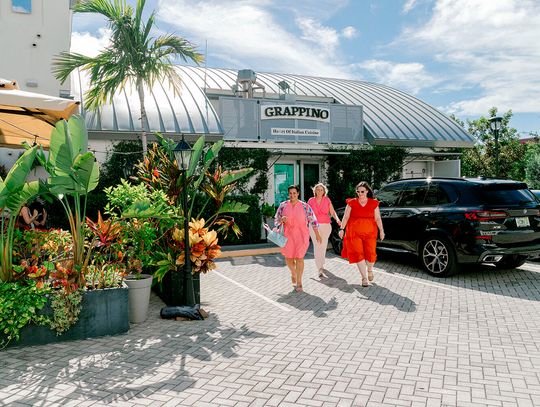
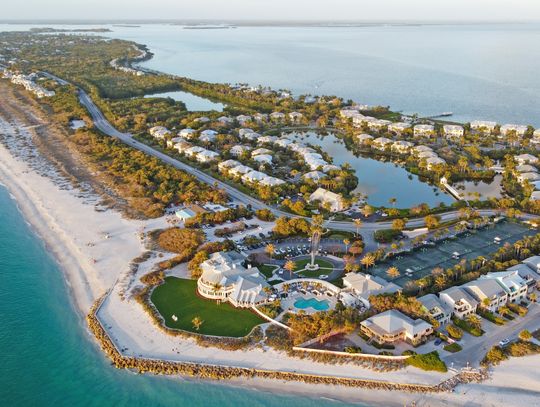
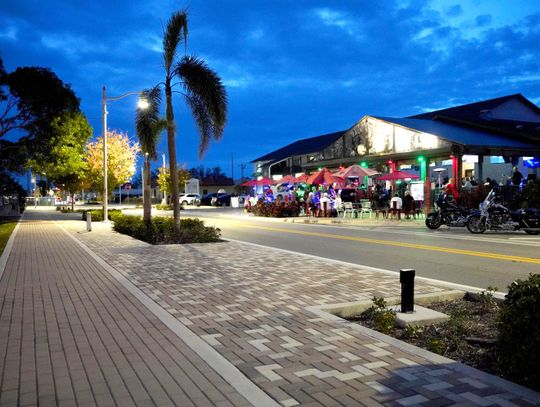
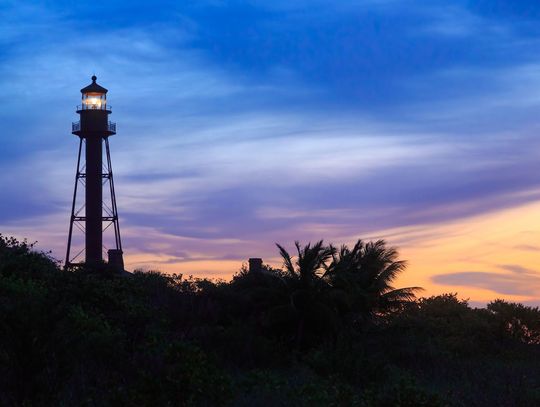

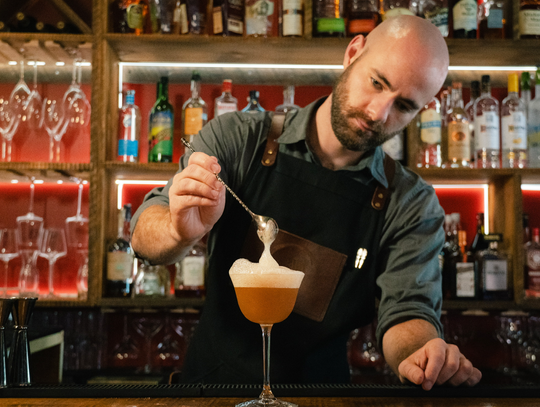

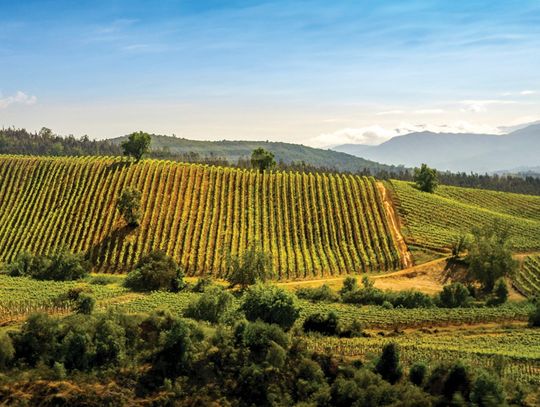
Comment
Comments